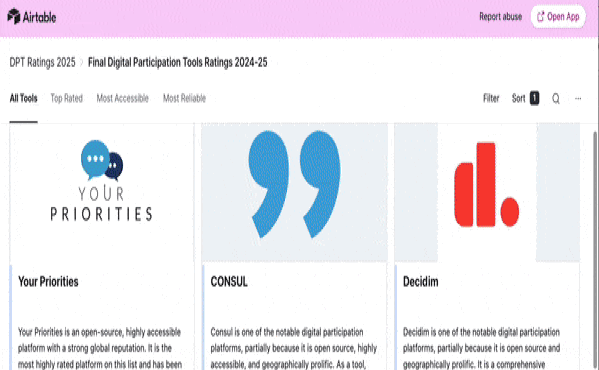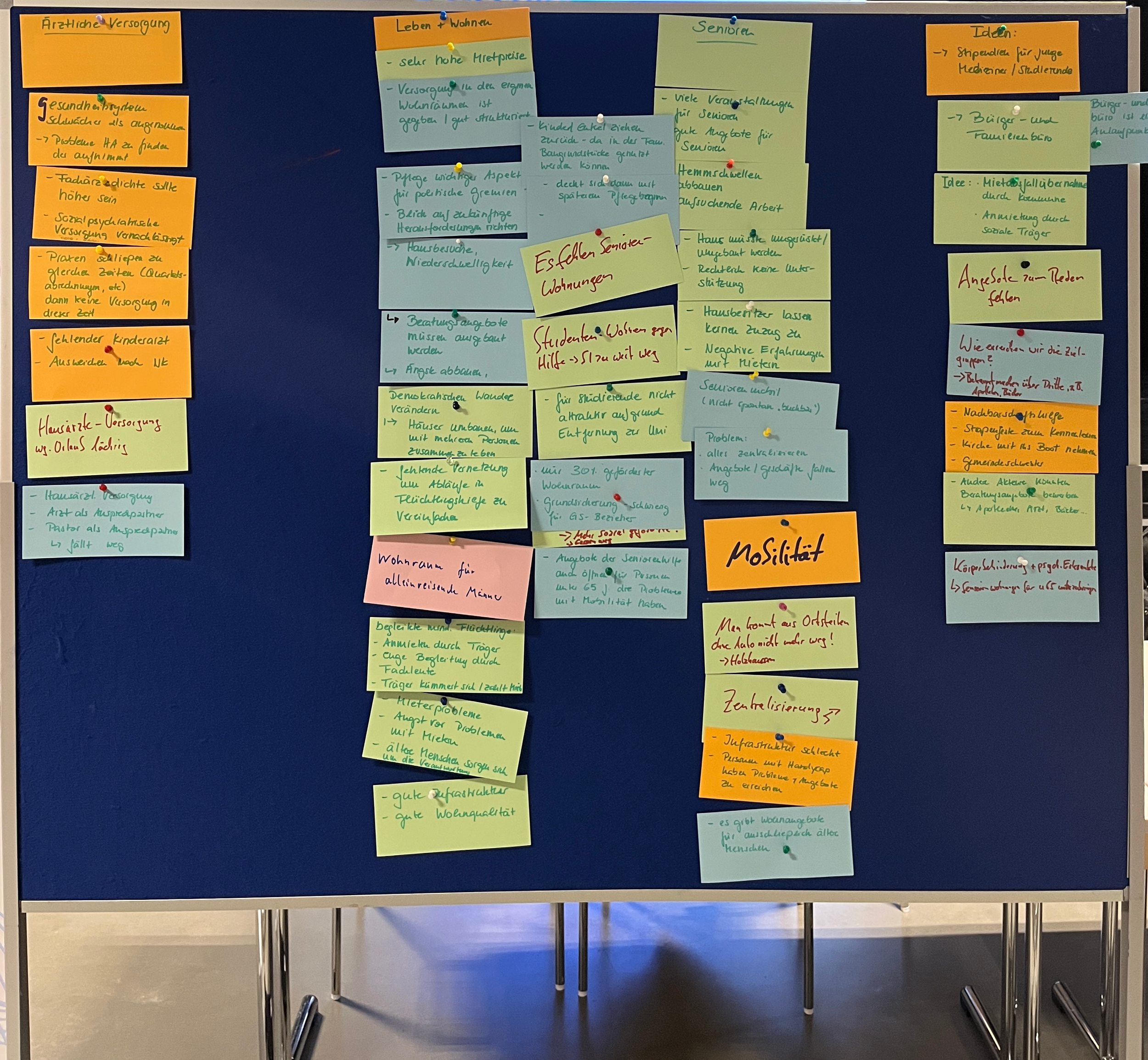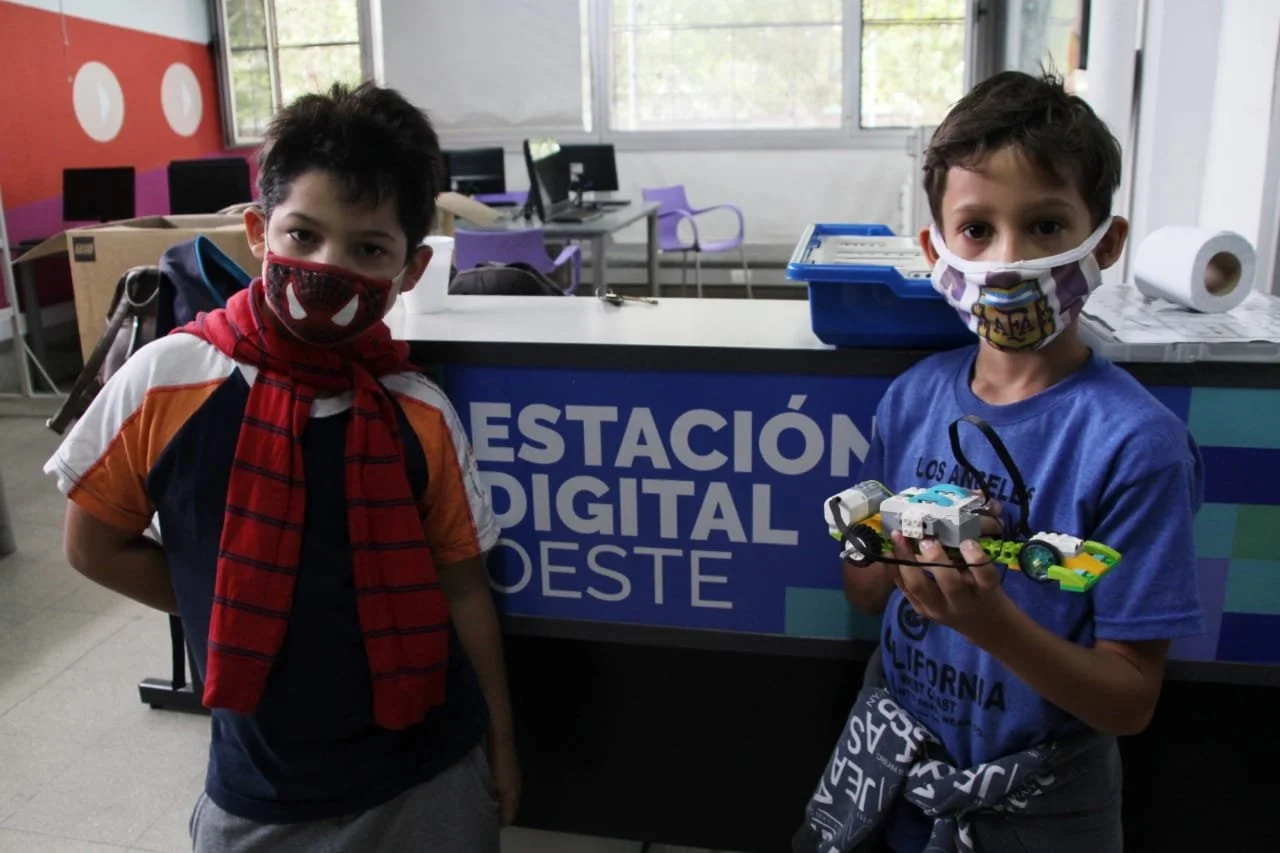It is increasingly common to engage people in government and other decision-making via digital and online tools (in contrast to in-person meetings). There are many tools to chose from, and they can offer many advantages. But they also pose some challenges. How do you choose?
This Digital Participation Resource Center helps policymakers, program managers and advocates understand the pros and cons of different digital participation tools. It can help you make the right choice for your context – ranging from purchasing a ready-made solution, to customizing an open-source platform, to developing your own tool. Explore the Guide to Digital Participation Platforms, ratings of recommended tools, and online training below!
Digital Participation Tool Ratings
The Digital Participation Tool Ratings help people leading participatory programs and citizen engagement efforts to effectively select and use digital participation tools. The ratings evaluate 30 comprehensive tools that have been used to support digital participation all over the world. We provide information and insights on each tool for six sets of criteria, including how it uses AI, to help you select the right tool for your context and needs.
Online Training on Digital Participation
The Digital Participation online training courses assist governments, civil society organizations, and other institutions in choosing and implementing tech tools for public participation. The courses provide guidance to help local governments and organizations use digital tools to engage residents in all types and stages of participatory processes, ranging from planning, budgeting and citizens’ assemblies to drafting legislation.
Guide to Digital Participation Tools
The Guide to Digital Participation Platforms: When to Use Them, How to Choose, and Tips for Maximum Results, primarily authored by Matt Stempeck, explains key features of these civic tech tools, shares lessons learned from global users, and suggests best practices and practical resources to guide selection and implementation. This includes a process for evaluating platforms before choosing, case studies, and a checklist for platform administrators.














